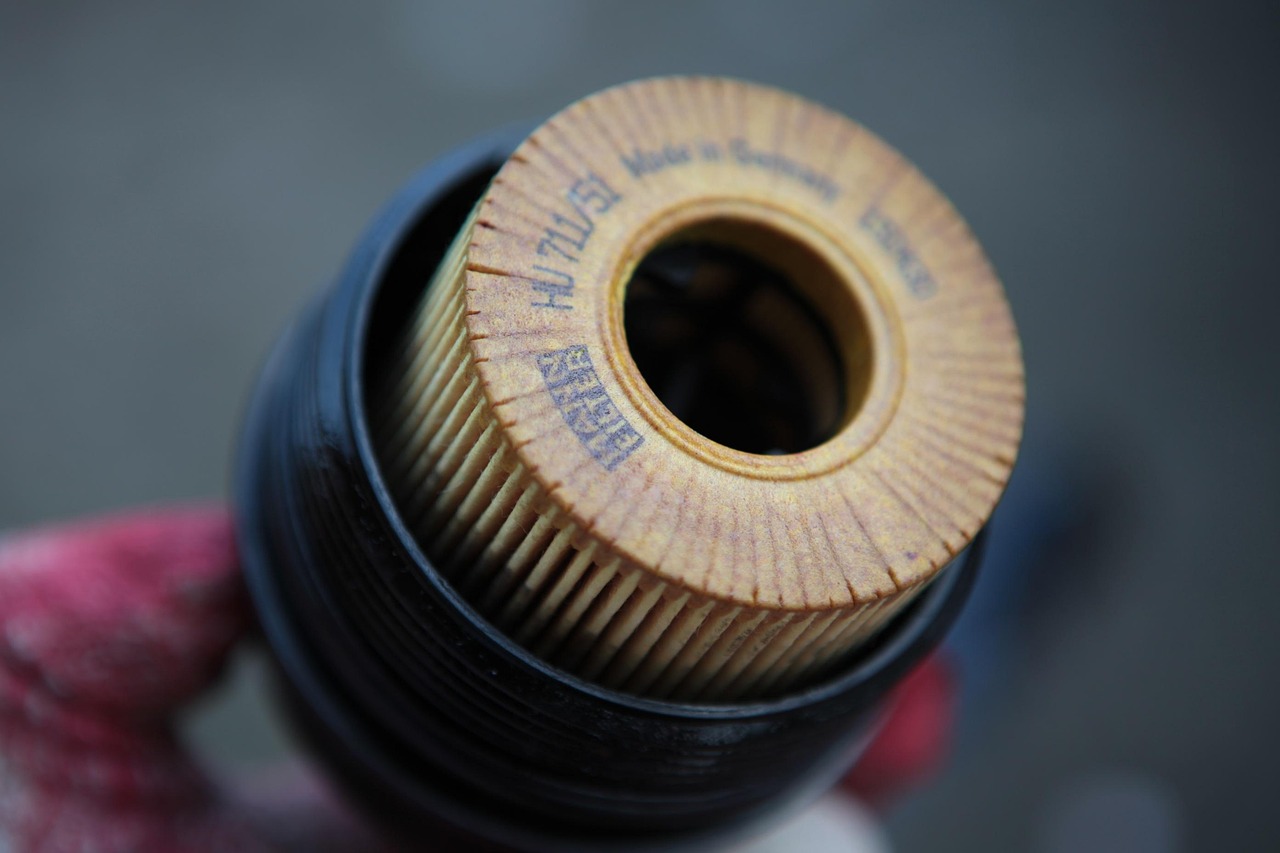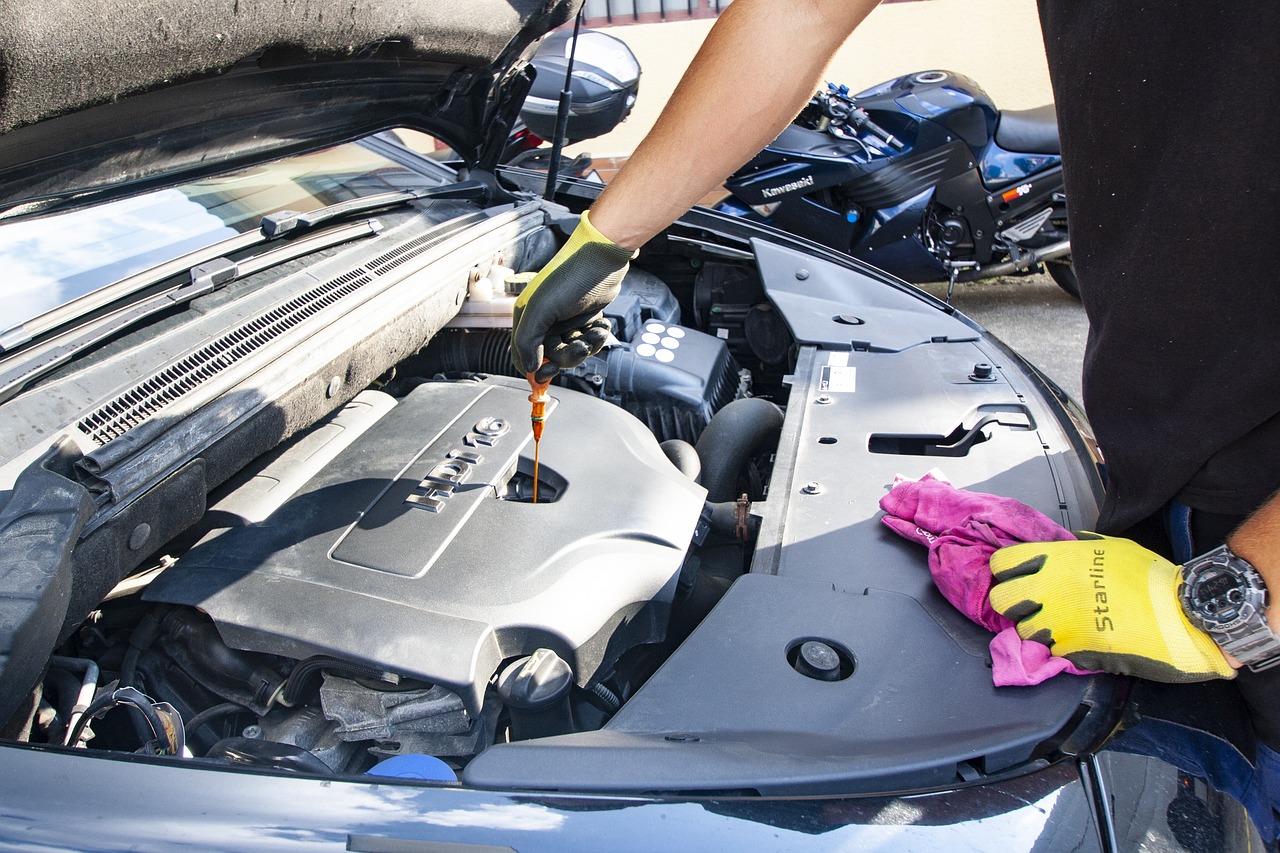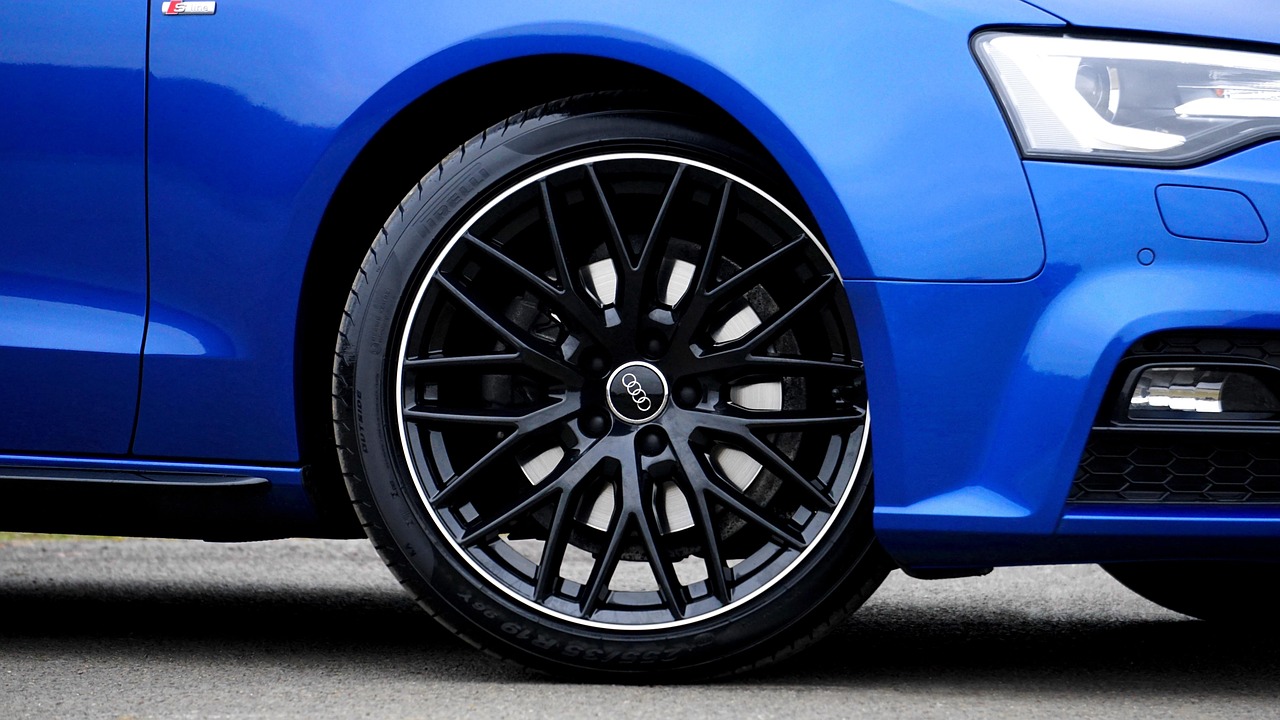Owning an Audi A5 Cabriolet is a dream come true for many car enthusiasts. The sleek design, the exhilarating drive, and the thrill of top-down cruising make it a true standout. But like any finely tuned machine, it requires regular attention to keep it running smoothly. One of the most common yet often overlooked issues? Oil leaks. Spotting them early can be the difference between a quick fix and a costly repair.
Why Checking for Oil Leaks Matters
Oil is the lifeblood of your engine, reducing friction and keeping everything running at optimal temperatures. A leak isn’t just messy. It can lead to significant engine damage if left unchecked. Worse yet, a slow drip may seem harmless until it results in oil starvation, which can wreak havoc on your engine’s internals.
If you’ve noticed the oil level dropping faster than usual or detected unusual stains in your parking spot, it’s time to investigate.
Common Signs of an Oil Leak
Before getting your hands dirty, look for these telltale signs:
- Oil Spots Under the Car – Check where you typically park. Small dark puddles or spots could indicate an issue.
- Burning Oil Smell – If oil is leaking onto hot engine components, you may notice a strong, acrid odor.
- Smoke from the Engine Bay – This often signals oil dripping onto the exhaust system.
- Decreased Oil Levels – If you’re topping off oil more than usual, there may be a leak.
- Warning Lights – The low oil pressure warning light should never be ignored.
If you notice any of these symptoms, it’s time to inspect further.
Step-by-Step Guide to Checking for Oil Leaks
1. Perform a Visual Inspection
Pop the hood and grab a flashlight. Examine the engine bay, particularly around these areas:
- Valve cover gaskets – A common culprit for leaks.
- Oil pan and drain plug – Located at the bottom of the engine.
- Timing cover – Seals and gaskets here can degrade over time.
- Oil filter and housing – Improper installation or wear can cause leakage.
- Camshaft and crankshaft seals – These are harder to inspect but should not be ignored.
Tip: Look for wet, greasy residue or fresh oil around these areas.
2. Check Underneath the Car
Crawl under the vehicle (safely, of course) and inspect the undercarriage. Signs of oil around the engine block, oil pan, or transmission housing indicate a potential issue.
If oil is splattered across multiple components, it could be spraying from a leak while driving. Definitely something to address quickly.
3. Inspect the Oil Cap and Dipstick
Sometimes, an oil leak isn’t from a gasket or component failure but from excess pressure in the system. Remove the oil cap and dipstick to check for excessive oil deposits or a milky, frothy substance (which could indicate a more serious issue, like coolant mixing with oil).
4. Use UV Dye for Hard-to-Spot Leaks
If you couldn’t find the source during visual inspection, a UV dye test can help. Add leak detection dye to the oil, run the engine for a short period, and use a UV light to trace the leak. This is an easy yet highly effective way to pinpoint small or hidden leaks.
5. Pay Attention to Engine Performance
Leaking oil isn’t just about losing lubricant. It can impact performance. If you experience rough idling, poor acceleration, or unusual noises, excess oil loss could be contributing to the problem.
Repairing or Addressing the Leak
Once you’ve identified the leak, your next steps will depend on its severity. Some minor leaks, like a loose oil cap or drain plug, can be fixed in minutes. Worn-out gaskets or seals, on the other hand, may require a trip to a trusted mechanic.
Common fixes include:
– Tightening loose bolts or drain plugs
– Replacing worn gaskets (valve cover, oil pan, timing cover)
– Changing out a faulty oil filter
– Ensuring proper oil levels and using the correct type of engine oil
For more severe leaks involving the crankshaft seal or internal components, professional intervention is recommended.
Final Thoughts
Catching an oil leak early can save you a small fortune in repairs. Regular maintenance, routine inspections, and handling minor leaks promptly will keep your Audi A5 Cabriolet running at its best.
If you’re dealing with a persistent leak or are unsure about what you’re seeing, don’t hesitate to consult an Audi specialist. It’s always better to be safe than sorry when it comes to your engine’s health.
Have you ever dealt with an oil leak in your Audi? Share your experience or tips in the comments!






